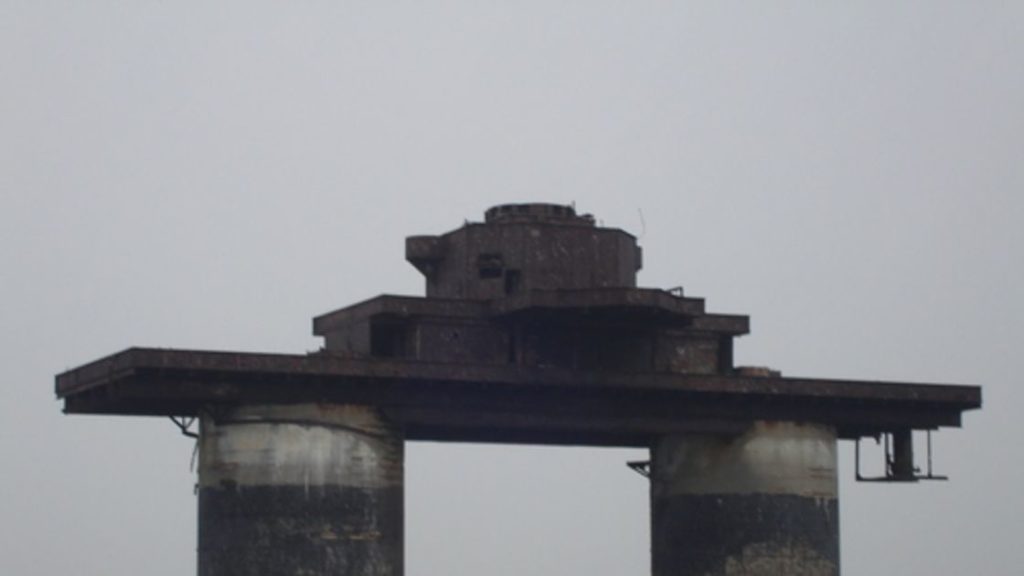
Ruin Lust and the Contemporary West
Western Art and culture’s obsession with Ruin(s) draws a line connecting Johnny Knoxville, The Atlantic Wall and The Grand Tour amongst other varied stops. It is a phenomenon that has been a key tenet of art an thought in Europe since the High Renaissance, when the art and thinking of the Ancient Greece and Rome helped catalyse the continent’s exit from religious tyranny and a growing strand of humanist thought. The art of the time drew heavily on ancient forms and the famous artists studios of the time were lionised for their connection with and inspiration from the ‘ancients’ and this tradition has continued since.
According to the curators at Tate Britain, ‘Ruins are curious objects of desire: they seduce us with decay and destruction’. This seductive nature is exactly what they try showcase across the centuries in ‘Ruin Lust’, though they start their story with the 18th Century Romantics but the exhibition lacks a strong narrative thread. It doesn’t move much beyond ‘here are some artists who’s practice featured ruin (in its broadest sense)., isn’t ruin thrilling?’ What it does do is provide a quickly-glossed overview of this obsession within western art. The part that is missing however is the narrative that sits above the exhibition; why Tate is putting this on.
Ruin has been a feature of high art for some time, but its increasing fetishisation in popular culture is a recent phenomenon. It seems we are hurtling forward looking backwards. The Guardian, The Telegraph, Buzzfeed; the internet is awash with images of Urban Exploration, the best abandoned buildings lists and feats of Urban Exploration. Palladium boots even made a series of films about the abandoned buildings of Detroit (fronted by Johnny Knoxville). The fascination reminds me of a collective version of picking at a scab or slowing down for car-crashes. We seem to be obsessed with our own mortality.
This new popular Ruin Lust also reflects a pre-occupation with the past that arguably sees another articulation in the American Hipster movement ( lumberjack shirt, Walt Whitman beard, Artisanal Axe) It is an obsession with a part that never was. Detroit represents an industrial golden age that was never as romantic as the memory. The same could be said of the Chap movement and a golden age of manners or the Selvedge denim jeans that romanticise the redeeming power of physical labour and hardiness in an ever-more desk-bound and alienated workplace.
In many ways this obsession with ‘Ruin Porn’ and myths of the past can be seen as a reflection of our comfort and inertia -comfortable enough to wish for discomfort and enough time on our hands to craft ironic nods and winks. Perhaps the phenomenon of Ruin Lust in popular culture can be seen as another rough unofficial marker of development, like the inflection point when the bottom 25% of people consume more calories than the top 25%
Category: culture